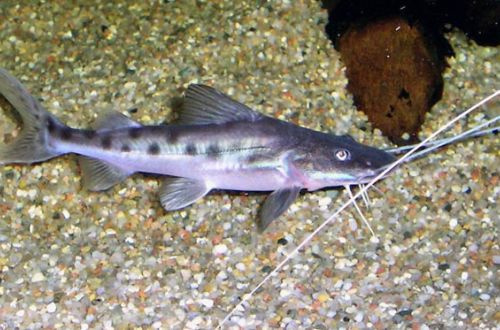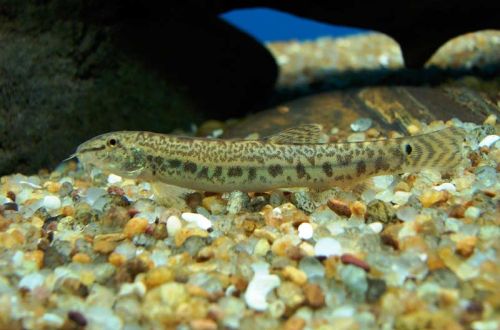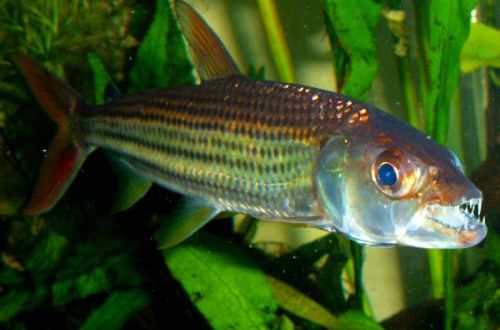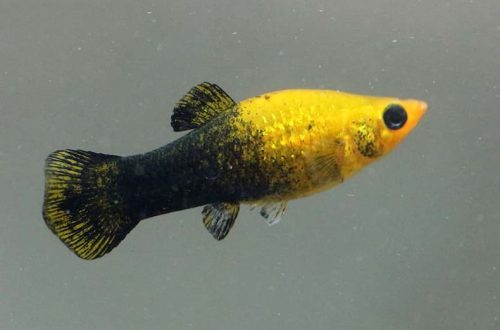
False Piraiba
False Piraiba, scientific name Brachyplatystoma capapretum, belongs to the family Pimelodidae (Pimelod or flathead catfishes). A large carnivorous fish that is commonly kept in public aquariums and by some private enthusiasts. Not recommended for beginner aquarists.

Contents
Habitat
Comes from South America. It is found throughout the vast Amazon basin. Inhabits the main deep-water channels of the rivers, where it lives mainly in the bottom layer. A wide habitat suggests that the catfish is not tied to any particular biotope, but can live both in stagnant water bodies and in an environment with a rapid current.
Brief information:
- The volume of the aquarium – from 1000 liters.
- Temperature – 22-28°C
- Value pH — 6.0–8.0
- Water hardness – 1–21 dGH
- Substrate type – sand, gravel
- Lighting – subdued
- Brackish water – no
- Water movement – any
- The size of the fish is about 90 cm.
- Food – different fish
- Temperament – conditionally peaceful
- Content alone or in a group
Description
Adults reach a length of about 90 cm or more, but in a limited space of aquariums, somewhat smaller grows. It is a close relative of another famous Amazonian catfish – Piraiba. At a young age, they are very similar, having an almost identical body pattern: a gray back with large dark spots and a light abdomen. But having matured, the False Piraiba changes noticeably. The color becomes more uniform light gray with a pattern of small specks. Sexual dimorphism is weakly expressed, there are no obvious visible differences between male and female.
Food
Carnivorous look. In nature, it hunts small prey, but does not disdain carrion, the remains of someone else’s meal. In the artificial environment, it can be trained to accept alternative foods such as shrimp, mussel meat, squid, fish pieces, as well as specialized commercial feeds.
Maintenance and care, arrangement of the aquarium
Successful maintenance is possible only in very large aquariums from a thousand liters, equipped with the appropriate equipment. Catfish look most harmoniously in conditions of subdued lighting among large snags, heaps of stones and boulders. The total weight of the entire structure, together with the design, can reach several tons, which requires construction work and engineering communications. Maintenance is associated with a significant investment of time and money. From the foregoing, it becomes clear that the False Piraiba is not among the popular pet fish.
Behavior and Compatibility
Despite its carnivorous nature, it has a quite peaceful disposition towards species of comparable size. At the same time, any fish that can fit in her mouth will certainly be eaten.
Breeding / breeding
Not bred in an artificial environment. The fry caught from the wild come on sale.
Fish diseases
The cause of most diseases is unsuitable conditions of detention. A stable habitat will be the key to successful keeping. In the event of symptoms of the disease, first of all, the quality of the water should be checked and, if deviations are found, measures should be taken to correct the situation. If symptoms persist or even worsen, medical treatment will be required. Read more about symptoms and treatments in the Aquarium Fish Diseases section.





